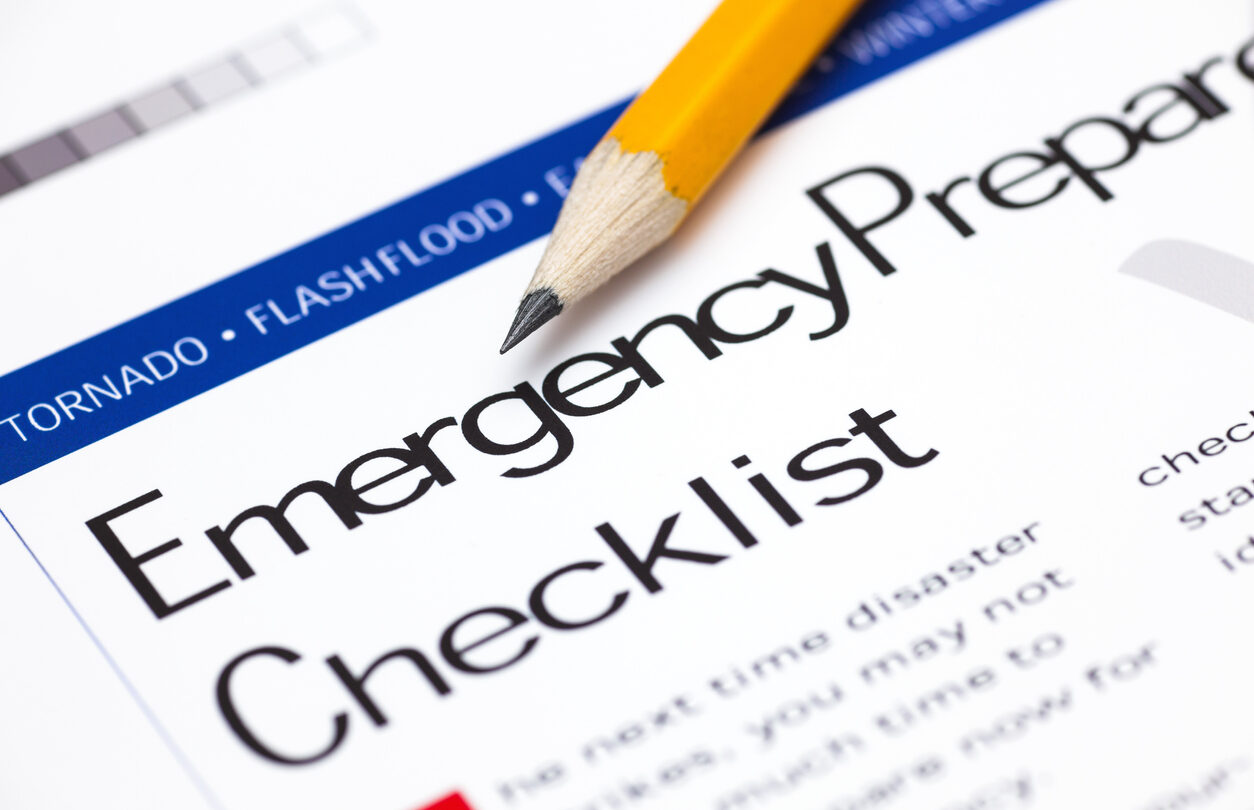The COVID-19 public health emergency brought emergency preparedness in nursing homes into sharp focus, but the issue continues to simmer and has been for several years. The Department of Health and Human Services (HHS) Office of the Inspector General (OIG) released three separate reports in September examining emergency preparedness in nursing homes. While one report looked broadly at the challenges faced by nursing homes across the nation related to emergency preparedness, the other two reports focused on issues in individual states and appear to be part of a years-long initiative begun by the OIG in 2018. The two latest state-specific reports, both summarizing findings of audits conducted in 2022, appear consistent in form to audits taking place in eight other states between 2018 and 2019. Both the state-level audits and the nation-wide report have implications for future policy-making.
In a September 1 report on nationwide emergency preparedness challenges, OIG surveyed 199 nursing homes in areas of very high or extremely high risk for natural hazards—as rated by the Federal Emergency Management Agency (FEMA)—and found that while most nursing homes were compliant with emergency preparedness requirements, approximately 77% reported challenges with actual preparedness activities. OIG examined seven key areas of emergency preparedness:
- Ensuring proper staffing
- Transporting residents during evacuation
- Maintaining a comprehensive communication plan
- Infection control and quarantine
- Securing locations to evacuate residents and staff
- Collaborating with community partners
- Managing medical records
The most commonly reported challenges were ensuring proper staffing during emergencies and transporting residents during evacuations. Additional concerns included securing beds for evacuated residents and planning for infection control and quarantine during emergencies. Approximately one in five nursing homes reported difficulty coordinating with community partners. Community partner coordination challenges is consistent with concerns raised during listening sessions hosted by CMS on emergency preparedness topics in 2022.
Looking at state-specific audits, OIG seems to follow a pattern of conducting unannounced visits in approximately 20 nursing homes in a state within a short period of time (approximately two months in recent years) to determine compliance with life safety code and emergency preparedness requirements. The two audits conducted in 2022 also added inspection of infection control requirements. Reports from all 10 state-level audits reported findings of noncompliance in 90% of audited nursing homes or more. OIG reported 1,313 findings of noncompliance with Life Safety Code requirements and 1,357 findings of noncompliance with emergency preparedness requirements. The 2022 audits included 81 findings of noncompliance with infection control requirements.
OIG repeatedly identified a few specific factors contributing to noncompliance including inadequate oversight by management, high staff turnover, inadequate oversight by state agencies, and a lack of mandatory standardized training. OIG often recommended improved oversight by state agencies and collaboration between the state and CMS to develop and require standardized training.
LeadingAge members should be aware of these audits and note that outcomes of audits may contribute to future policymaking. The Biden Administration, in early 2022, called for enhanced requirements for pandemic and emergency preparedness. Members should expect that CMS will deliver on those initiatives, though details such as what enhanced requirements may look like or when they can be expected have not been released at this time.
In the meantime, access emergency preparedness resources and the Fire, Life Safety, and Emergency Preparedness: 2023 Update webinar in the LeadingAge Learning Hub.

 Shutdown Week Three: Impact of Ongoing Closure on Affordable Housing
Shutdown Week Three: Impact of Ongoing Closure on Affordable Housing Colleagues on the Move, December 17, 2025
Colleagues on the Move, December 17, 2025


